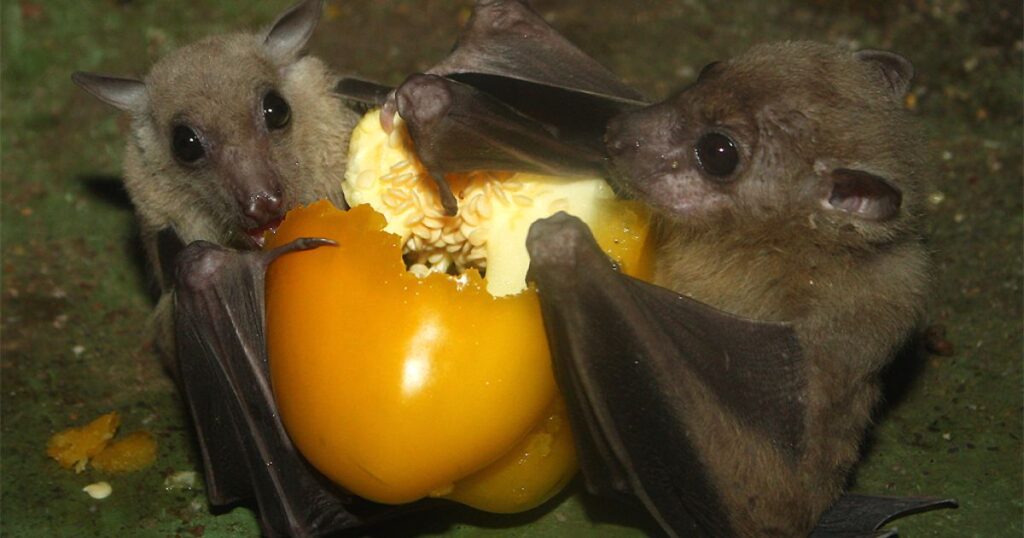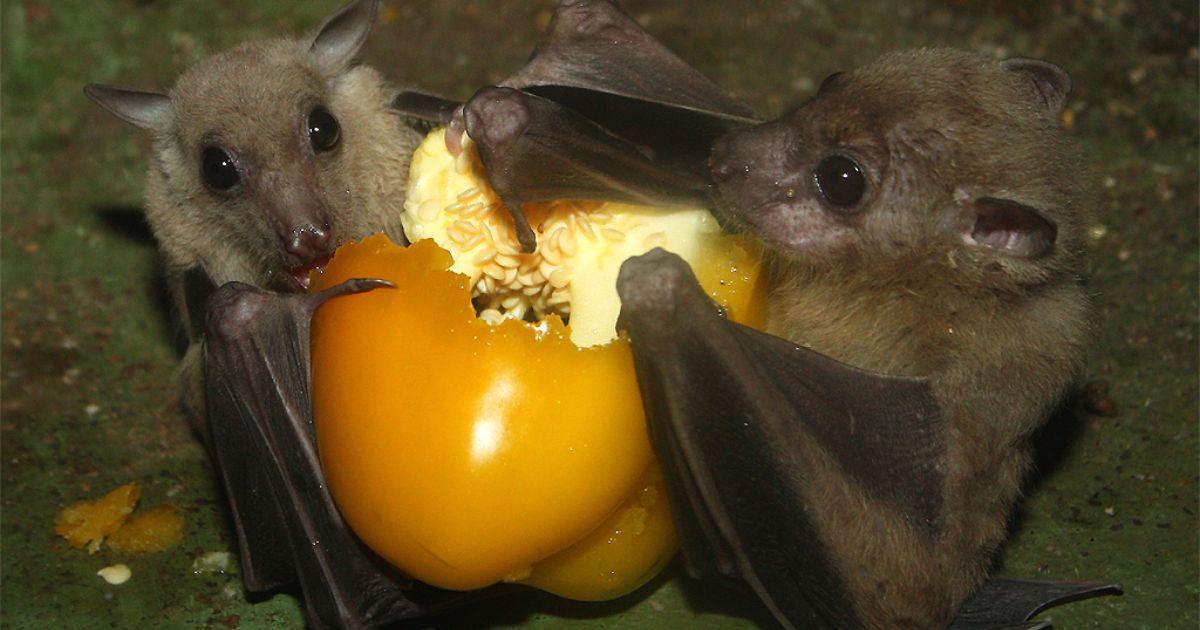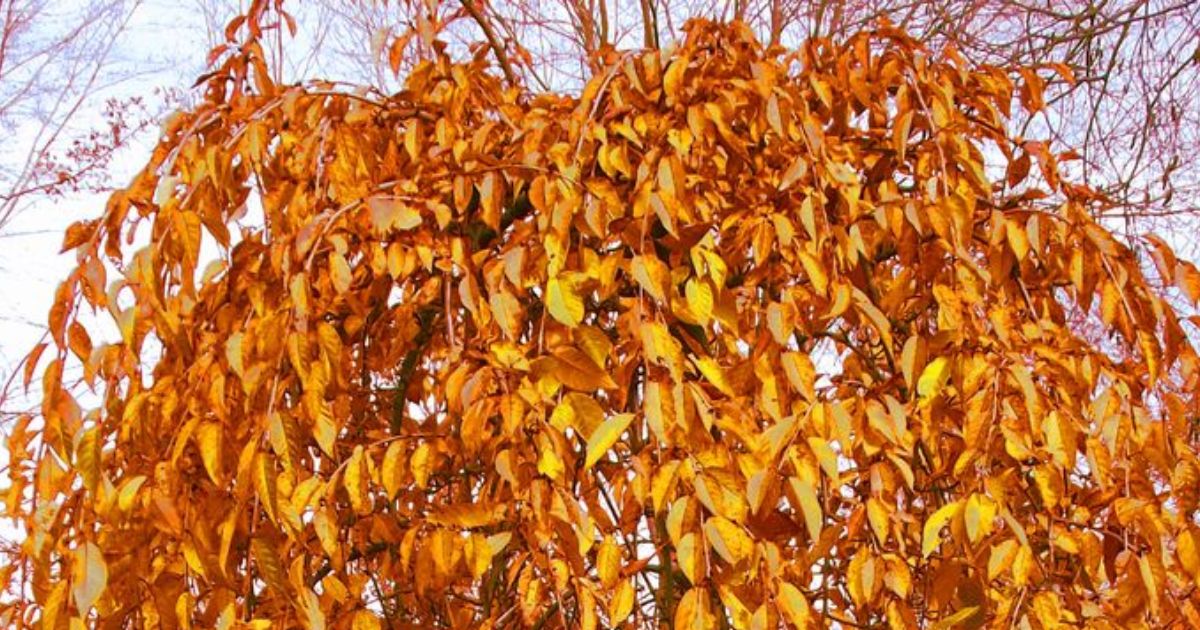Among the most intriguing and misunderstood animals on the planet are bats. These nocturnal creatures, found on all continents except Antarctica, play a crucial role in maintaining the balance of ecosystems. From controlling insect populations to pollinating plants and dispersing seeds, bats make significant contributions to both nature and agriculture.But have you ever wondered what bats actually eat? The answer isn’t as simple as you might think.
With over 1,400 different bat species around the world, their diets are surprisingly diverse. Some feast on mosquitoes and beetles, others sip sweet nectar or munch on tropical fruits, and a few even dine on small animals or fish.In this blog, we’ll explore the fascinating dietary habits of bats, what do the bats eat uncovering what fuels their nighttime adventures and how their unique eating habits contribute to maintaining a healthy planet.
Understanding Bat Diets
Bats may all look similar when gliding through the night sky, but their diets are as varied as their habitats. The diet of bats largely depends on their species, size, and habitat. Scientists have categorised bats into several feeding groups based on their primary food sources, including insect-eating, fruit-eating, nectar-feeding, meat-eating, and even blood-feeding bats.
This dietary diversity is what makes bats so ecologically valuable. For example, insectivorous bats help control pest populations, while frugivorous bats play a key role in spreading seeds that grow into new forests. Bananas Split Open: Causes, Solutions, and How to Prevent It Insectivores Nectar-feeding bats, on the other hand, assist in pollinating many flowering plants and crops.
Each type of bat has evolved special adaptations suited to its diet, from sharp teeth for crunching insects to long tongues for sipping nectar. Understanding these dietary habits not only helps us appreciate bats more but also highlights their crucial role in maintaining a balanced nature.
Insect-Eating Bats (Insectivorous Bats)
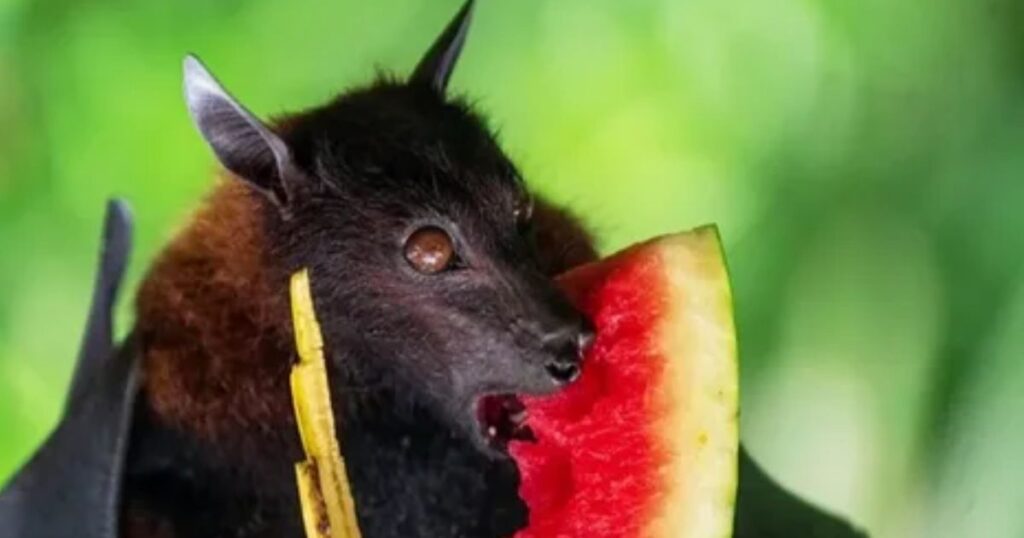
Insect-eating bats, also known as insectivorous bats, make up the majority of bat species worldwide. These tiny night hunters are nature’s best pest controllers, feeding on mosquitoes, Frugivores beetles, moths, flies, and other flying insects. In a single night, a single bat can eat thousands of insects. Making them incredibly valuable for both farmers and ecosystems alike.
These bats rely heavily on echolocation to find their prey in the absence of light. High-frequency sound waves are released, and the echoes are then heard. They can detect even the smallest insect movements in mid-air. Their sharp teeth help them easily crush the tough exoskeletons of bugs, while their swift flight patterns allow them to catch prey with precision.
Common insectivorous bat species include the Little Brown Bat, Pipistrelle, and Big Brown Bat. In agricultural areas, they significantly reduce the need for chemical pesticides by naturally controlling insect populations. Without these bats, the number of crop-damaging pests and disease-carrying mosquitoes would rise dramatically.In short, insect-eating bats aren’t just nighttime hunters; they’re silent heroes protecting our crops, health, and environment every night.
Fruit-Eating Bats (Frugivorous Bats)
Fruit-eating bats, known as frugivorous bats, are among the most important animals in tropical and subtropical ecosystems. Unlike their insect-eating relatives, these bats thrive on eating ripe fruits like guavas, bananas, mangoes, figs, and papayas. Their sharp sense of smell and excellent night vision help them locate sweet, juicy fruits even in complete darkness.When feeding, fruit bats typically bite into the fruit, chew the pulp to extract juice and nutrients, and then spit out the seeds and fibre. This behaviour makes them key agents of seed dispersal, helping new plants grow far from their parent trees. Quick Tips to Prevent and Get Rid of Earwig In fact, Nectar feeding bats many rainforest trees depend almost entirely on bats for regeneration.
The most famous frugivorous bats are the Flying Foxes, known for their large size and fox-like faces. Other examples include the Egyptian Fruit Bat and the Straw-Colored Fruit Bat. These species are often seen hanging from tree branches in large colonies, playing a crucial role in preserving the diversity and health of forests. By spreading seeds across vast areas, fruit-eating bats help reforest landscapes, sustain wildlife habitats, and even support fruit farming. They are the gardeners of the night sky, ensuring that nature continues to thrive, one bite at a time.
Nectar-Feeding Bats (Nectarivorous Bats)
Nectar-feeding bats, or nectarivorous bats, have a diet as sweet as it sounds. They feed mainly on the nectar of night-blooming flowers. Much like hummingbirds, these bats hover or gently cling to flowers while using their long, narrow tongues to lap up the sugary liquid deep inside. Their tongues are often longer than their own bodies and covered in tiny hair-like structures that help collect nectar efficiently.These bats are vital pollinators in tropical and desert ecosystems. They search for nectar by moving from flower to bloom. Pollen sticks to their fur and gets transferred to other blooms, enabling plants to reproduce. Many plants, including bananas, mangoes, guavas, and agave (used to make tequila), depend on nectar-feeding bats for pollination.
Common species in this group include the Lesser Long-Nosed Bat and the Mexican Long-Tongued Bat, both known for their impressive hovering abilities and specialised snouts. How to Attract Common British Garden Birds to Your Garden Beyond their ecological importance, nectar-feeding bats underscore the delicate balance of nature, demonstrating how even the smallest creatures can have a profound impact. Without these nighttime pollinators, many tropical fruits and flowering plants we enjoy today would struggle to survive.
Meat-Eating Bats (Carnivorous Bats)
Meat-eating bats, known as carnivorous bats, are some of the most fascinating and rare members of the bat family. Unlike fruit- or insect-eating bats, these predators feed on small animals such as frogs, fish, birds, lizards, or even other smaller bats. Their sharp teeth, strong jaws, and excellent hunting instincts make them highly efficient nocturnal hunters.Carnivorous bats are typically found in regions rich in wildlife, such as tropical forests and wetlands. Some species, like the Greater Noctule Bat, are known to catch and eat small birds mid-flight, while others, like the Fishing Bat (Bulldog Bat), use their sharp claws and echolocation to detect ripples on water surfaces and snatch fish.
These bats rely heavily on echolocation and keen hearing to locate prey in complete darkness. Once they find a target, they swoop down silently and grab it with precision. Best Fertilize Tomatoes for the Ultimate Bumper Crop Their diet helps control populations of small vertebrates, maintaining balance within their ecosystems.Though less common than other types, Gnats carnivorous bats play a critical role in nature’s food chain. They remind us that bats aren’t just fruit-eaters or insect hunters; they’re incredibly diverse survivors, each perfectly adapted to its ecological niche.
Blood-Feeding Bats (Vampire Bats)
Blood-feeding bats, famously known as vampire bats, are perhaps the most misunderstood members of the bat family. Unlike the myths from horror stories, these bats do not attack humans or suck blood in large quantities. Instead, they delicately feed on small amounts of blood from animals such as cows, horses, birds, or pigs.
There are only three species of actual vampire bats, all native to Central and South America:
- The Common Vampire Bat (Desmodus rotundus)
- The Hairy-Legged Vampire Bat (Diphylla ecaudata)
- The White-Winged Vampire Bat (Diaemus youngi)
Vampire bats make a small, painless cut in an animal’s skin with their sharp teeth, then use their tongues to sip up the blood. Contrary to popular belief, they don’t suck it. Draculin, How to Choose Deer Resistant Plants for Every Season a unique enzyme found in their saliva, keeps the blood from clotting while they are feeding.
Despite their eerie reputation, vampire bats are brilliant and social creatures. They share food with other colony members and even take care of one another. Interestingly, research on their saliva has led to medical advances, including treatments for blood clots and stroke prevention.So, while their feeding habits may sound spooky, vampire bats play a small but significant role in the natural world, proving that even the most feared animals can contribute to science and ecology in surprising ways.
How Bats Find Their Food
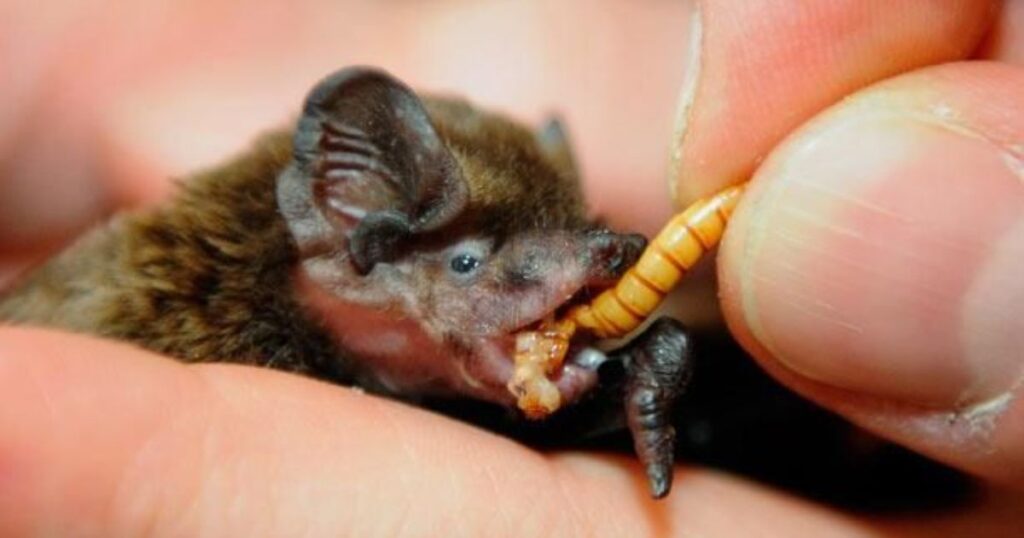
Bats are remarkable hunters, equipped with some of nature’s most advanced sensory tools to locate their food in the dark. Since most bat species are nocturnal, they rely on a combination of echolocation, keen hearing, and a strong sense of smell to find their meals with precision.The majority of bats use echolocation, a natural sonar system, to navigate and hunt. They produce high-frequency sound waves, which reverberate after striking various things. By interpreting these echoes, bats can determine the size, shape, distance, and even movement of prey such as insects, frogs, or fish. This system allows them to hunt successfully even on the darkest nights.
Fruit-eating and nectar-feeding bats, however, depend more on their excellent vision and sense of smell than on echolocation. They can identify the aroma of ripe fruit or flowers. Flowers from long distances. Their large eyes and sensitive noses enable them to quickly pinpoint food sources, even among dense foliage.Some specialised bats, like fishing bats, use both hearing and sight to detect ripples on the water’s surface before swooping down to catch fish with their claws. Others, like vampire bats, locate warm-blooded animals by sensing infrared heat, allowing them to find a perfect feeding spot.Whether they’re hunting insects in the night sky or sipping nectar from a flower, bats demonstrate incredible adaptability. Their diverse sensory skills showcase just how perfectly evolution has equipped them to thrive in the darkness.
Why Bat Diets Matter for the Environment
Bats play a far greater role in maintaining ecological balance than most people realise. Their diverse diets, ranging from insects and fruits to nectar and even small animals, make them vital contributors to healthy ecosystems. Each type of bat supports the environment in its own unique way, creating a ripple effect that benefits humans, wildlife, and the planet.Insect-eating bats act as nature’s pest controllers. By consuming thousands of insects every night, they help reduce populations of mosquitoes and crop-damaging pests. This not only minimises the spread of insect-borne diseases but also reduces the need for chemical pesticides, thereby improving the sustainability and environmental friendliness of farming.
Bats that consume fruit are essential to the spread of seeds. As they feed on fruits, they scatter seeds over vast areas, promoting forest regeneration and biodiversity. Many tropical trees, including figs and wild bananas, rely almost entirely on bats for reproduction. Without these winged seed carriers, entire ecosystems could struggle to recover after deforestation or natural disasters.Nectar-feeding bats serve as essential pollinators, transferring pollen from one flower to another while feeding. They help pollinate plants such as agave, guava, and mango crops, which humans depend on for food and industry. In some regions, bats are responsible for pollinating up to 500 different plant species.
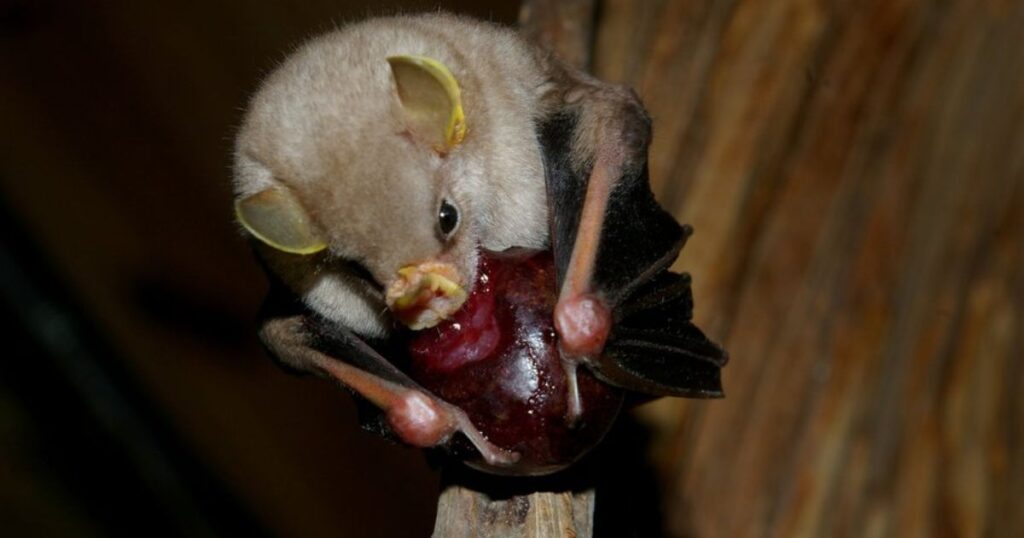
Even carnivorous and vampire bats contribute to balance within their ecosystems by regulating tiny animal populations and acting as prey for larger predators.In short, bats are unsung heroes of the natural world. Their eating habits directly support agriculture, forest growth, and biodiversity. Protecting bats and their habitats means protecting the delicate web of life that sustains our planet’s thriving ecosystems.
Conclusion
Bats are much more than mysterious creatures of the night; they are essential guardians of our environment. Their diverse diets, ranging from insects and fruits to nectar and even small animals, make them key players in maintaining ecological balance. Insect-eating bats keep pest populations in check, fruit bats regenerate forests through seed dispersal, nectar-feeding bats ensure pollination, and even carnivorous and vampire bats contribute to the natural food chain.
Understanding what bats eat helps us appreciate their incredible adaptability and the vital roles they play in nature. Protecting bats and their habitats is not just about preserving a species; it’s about safeguarding the health of our ecosystems, supporting agriculture, and sustaining biodiversity.
FAQ
Do bats eat mosquitoes?
Yes! Many insect-eating bats consume mosquitoes as part of their diet. In a single night, a single bat might consume hundreds or even thousands of insects. Of insects in one night, helping to naturally control mosquito populations.
Do all bats drink blood?
No. Only three species of bats, all native to Central and South America, feed on blood. These are known as vampire bats. Most bats eat insects, fruit, nectar, or small animals.
What fruits do fruit bats prefer?
Fruit bats enjoy a variety of ripe fruits, including bananas, mangoes, guavas, figs, and papayas. Their diet varies depending on availability and habitat.
How often do bats eat?
Bats generally eat every night. Their feeding habits depend on the type of bat. Insectivorous bats hunt constantly after sunset, while fruit and nectar feeders may visit dozens of flowers or fruit trees each night.
Are bats harmful to crops?
Most bats are beneficial to crops. Fruit bats help pollinate plants and disperse seeds, while insect-eating bats control pest populations. However, in rare cases, fruit bats can damage crops if they feed on cultivated fruit trees.
How do bats find their food?
Bats use echolocation, keen eyesight, and a strong sense of smell to locate food. Insect-eating bats rely mainly on echolocation, while fruit and nectar feeders depend more on smell and vision.
Why are bats important to the ecosystem?
Bats support ecosystems by controlling pests, pollinating plants, dispersing seeds, and maintaining biodiversity. They are vital for healthy forests, agriculture, and natural habitats.

